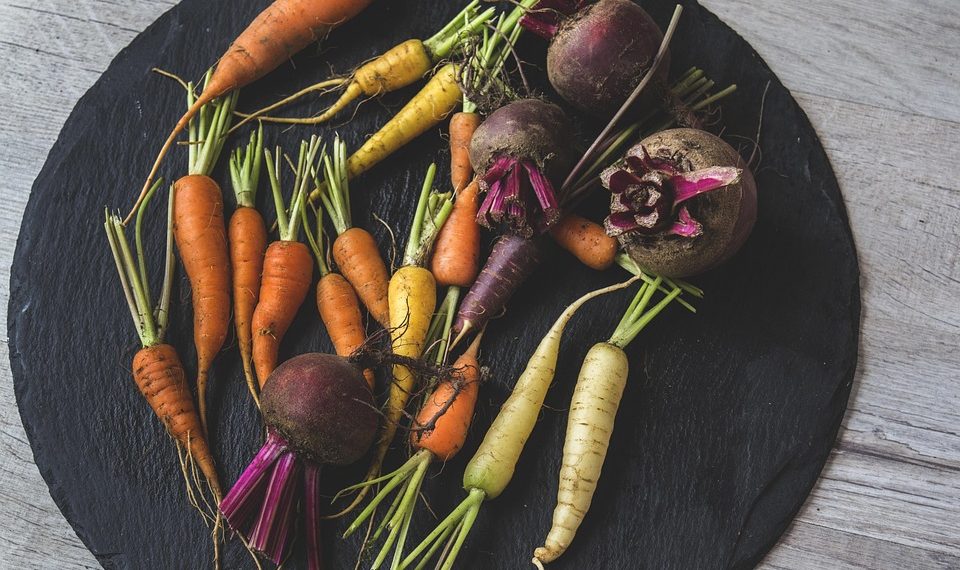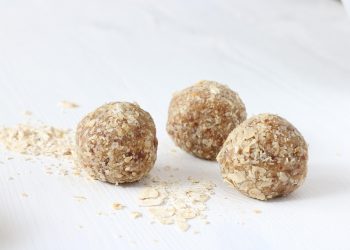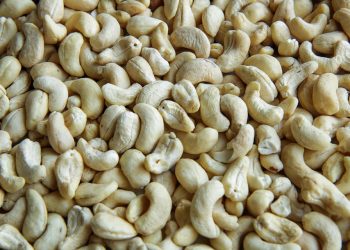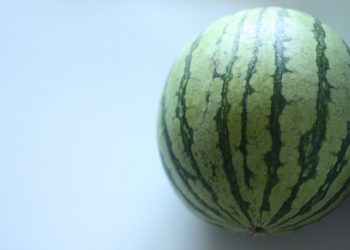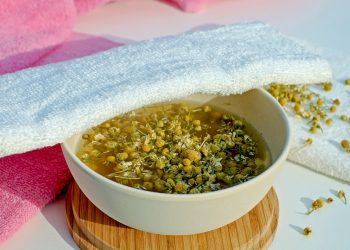Clean eating is more than just a trend; it’s a lifestyle choice that can transform your health and well-being. If you’re feeling overwhelmed by the noise of diets and nutrition advice, let’s cut through the clutter. Clean eating is about nourishing your body with whole, unprocessed foods. It’s a way to fuel yourself with the nutrients you need to thrive.
Why does clean eating matter? Because what you put into your body affects not just your physical health, but your mental clarity, energy levels, and emotional well-being. When you choose clean foods, you’re choosing to take control of your health and happiness. Let’s dive into ten simple steps to embrace clean eating starting today.
Contents
- Step 1: Understand What Clean Eating Is
- Step 2: Clean Out Your Pantry
- Step 3: Fill Your Plate with Color
- Step 4: Meal Prep Like a Pro
- Step 5: Read Labels Like a Detective
- Step 6: Make Smart Swaps
- Step 7: Stay Hydrated
- Step 8: Listen to Your Body
- Step 9: Find Support
- Step 10: Celebrate Progress, Not Perfection
- Bottom Line
- FAQ
Step 1: Understand What Clean Eating Is
Before you leap into clean eating, it’s essential to grasp what it means. Clean eating typically involves:
- Whole foods: These are foods that are as close to their natural state as possible. Think fruits, vegetables, whole grains, lean proteins, and healthy fats.
- Minimal processing: The fewer ingredients on a label, the better. If you can’t pronounce it, skip it.
- Mindful choices: Pay attention to what you’re eating and how it makes you feel.
Understanding these principles lays the groundwork for a successful clean eating journey.
Step 2: Clean Out Your Pantry
Your environment plays a huge role in your eating habits. Open your pantry and take a good look. Toss out the processed snacks, sugary cereals, and anything that doesn’t align with your clean eating goals.
Stock up on:
- Whole grains like quinoa, brown rice, and oats.
- Canned beans and legumes.
- Nuts and seeds.
- Natural sweeteners like honey or maple syrup.
A clean pantry sets the stage for success. When you open that door, it should inspire you, not tempt you.
Step 3: Fill Your Plate with Color
Eating a rainbow of fruits and vegetables isn’t just a catchy phrase; it’s vital for your health. Different colors provide different nutrients.
- Red: Tomatoes, strawberries, and red peppers are rich in antioxidants.
- Green: Leafy greens like spinach and kale are packed with vitamins and minerals.
- Orange/Yellow: Carrots, sweet potatoes, and citrus fruits are excellent sources of vitamin C and beta-carotene.
Aim to fill half your plate with these vibrant options at every meal. Your body will thank you.
Step 4: Meal Prep Like a Pro
Busy lifestyles can derail even the best intentions. Meal prepping is a game-changer. Spend a few hours each week planning and preparing your meals.
- Cook a big batch of brown rice or quinoa.
- Roast a variety of veggies.
- Prepare proteins like chicken, fish, or beans.
Store these in portioned containers for quick grab-and-go meals. This not only saves time but also keeps you on track.
Step 5: Read Labels Like a Detective
When you venture into a grocery store, be prepared to be a savvy shopper. Reading labels is crucial. Look for:
- Short ingredient lists: If it has more than five ingredients, think twice.
- Added sugars: These can sneak into unexpected products. Aim for less than 10 grams per serving.
- Healthy fats: Choose items with olive oil or avocado oil rather than trans fats.
This simple step can make a world of difference in your eating habits.
Step 6: Make Smart Swaps
You don’t have to give up all your favorite foods. Instead, make smart swaps.
- Choose whole grain bread instead of white.
- Swap sugary drinks for sparkling water with lemon.
- Use Greek yogurt instead of sour cream.
These small changes can lead to significant health benefits without sacrificing flavor.
Step 7: Stay Hydrated
Water is essential, yet it’s often overlooked. Aim to drink at least eight glasses a day. Dehydration can lead to fatigue and cravings, making it harder to stick to clean eating.
- Keep a reusable water bottle with you.
- Infuse your water with fruits or herbs for added flavor.
- Start your day with a glass of water to kickstart your metabolism.
Hydration is a key player in your clean eating journey.
Step 8: Listen to Your Body
Your body is a remarkable communicator. Pay attention to how different foods make you feel.
- Do you feel energized after a salad, but sluggish after a heavy pasta dish?
- Are you craving sweets after eating processed foods?
Listening to your body helps you make better choices over time. Trust your instincts; they guide you toward what you truly need.
Step 9: Find Support
You don’t have to do this alone. Share your clean eating goals with friends or family. Join a community or find a clean eating group online.
Having a support system keeps you motivated and accountable. Plus, you can share recipes, tips, and challenges together.
Step 10: Celebrate Progress, Not Perfection
Clean eating is a journey, not a destination. You’ll have days when you slip up, and that’s okay. Celebrate your achievements, no matter how small.
- Did you cook a healthy dinner from scratch? Great!
- Did you resist the urge to reach for chips? Awesome!
Focus on progress, not perfection. Every step you take toward clean eating is a step in the right direction.
Bottom Line
Embracing clean eating is about making conscious choices that nourish your body and spirit. By following these ten simple steps, you can create a healthier relationship with food and ultimately with yourself.
Start with one step today, and remember: every small change adds up to a healthier you.
Are you ready to transform your eating habits? Dive into clean eating today and discover the incredible energy and clarity your body craves.
FAQ
What is clean eating?
Clean eating focuses on consuming whole, unprocessed foods while minimizing added sugars, unhealthy fats, and preservatives.
Can I still enjoy my favorite foods while clean eating?
Absolutely! The key is to make smart swaps and focus on balance.
How do I stay motivated?
Find a support system, keep your goals in mind, and celebrate your progress.
Is clean eating expensive?
It can be budget-friendly! Focus on seasonal produce, buy in bulk, and plan your meals to minimize waste.
For more insights on nutrition and health, check out Harvard Health, USDA Dietary Guidelines, and the American Heart Association.
Get Your FREE Natural Health Guide!
Subscribe now and receive our exclusive ebook packed with natural health tips, practical wellness advice, and easy lifestyle changes — delivered straight to your inbox.

